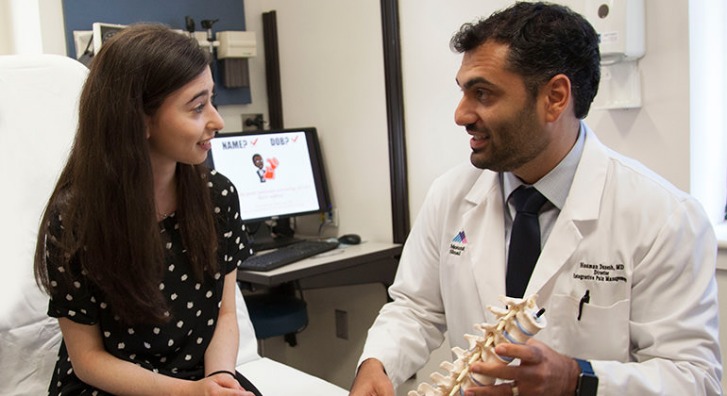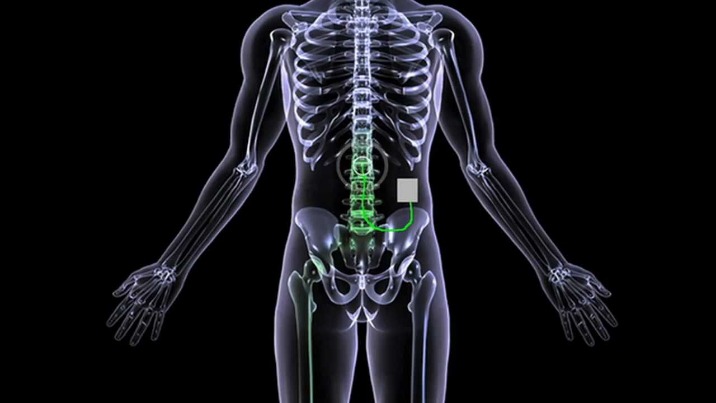In contemporary medical practice, the USG-guided brachial plexus block has emerged as a groundbreaking approach for delivering anesthesia. Leveraging cutting-edge ultrasound-guided techniques, this method ensures effective pain management during surgeries involving the upper limb.
The Mechanism Behind USG-Guided Brachial Plexus Block
Utilizing high-frequency ultrasound waves, medical professionals can precisely visualize the brachial plexus—a complex network of nerves responsible for motor and sensory functions in the upper extremity. The USG-guided brachial plexus block involves the injection of a local anesthetic around this nerve bundle, thereby numbing the entire arm.
Advantages Over Traditional Methods
The ultrasound-guided brachial plexus block offers several advantages over conventional techniques:
- Accuracy: Enhanced visualization reduces the risk of inadvertent nerve or vascular injury.
- Safety: Real-time imaging allows for precise needle placement, minimizing complications.
- Effectiveness: Higher success rates due to exact localization of the nerve structures.
Clinical Applications
The USG-guided brachial plexus block is predominantly used in various surgical interventions, such as:
- Orthopedic surgeries, including shoulder, elbow, and hand operations.
- Trauma cases requiring immediate and effective anesthesia.
- Chronic pain management in patients with severe arm pain.
Read more about USG-guided brachial plexus block here.
Procedure and Technique
During the ultrasound-guided brachial plexus block, the patient is positioned appropriately to expose the target area. The clinician then uses an ultrasound device to locate the brachial plexus. A fine needle is carefully guided to the nerve bundle, and the anesthetic is administered under continuous ultrasound guidance.
Conclusion
The ultrasound-guided brachial plexus block signifies a significant advancement in regional anesthesia. By enhancing precision and safety, this method not only improves patient outcomes but also sets a new standard in medical anesthesia practices. As technology continues to evolve, the USG-guided technique is poised to become even more integral to the future of surgical care.





